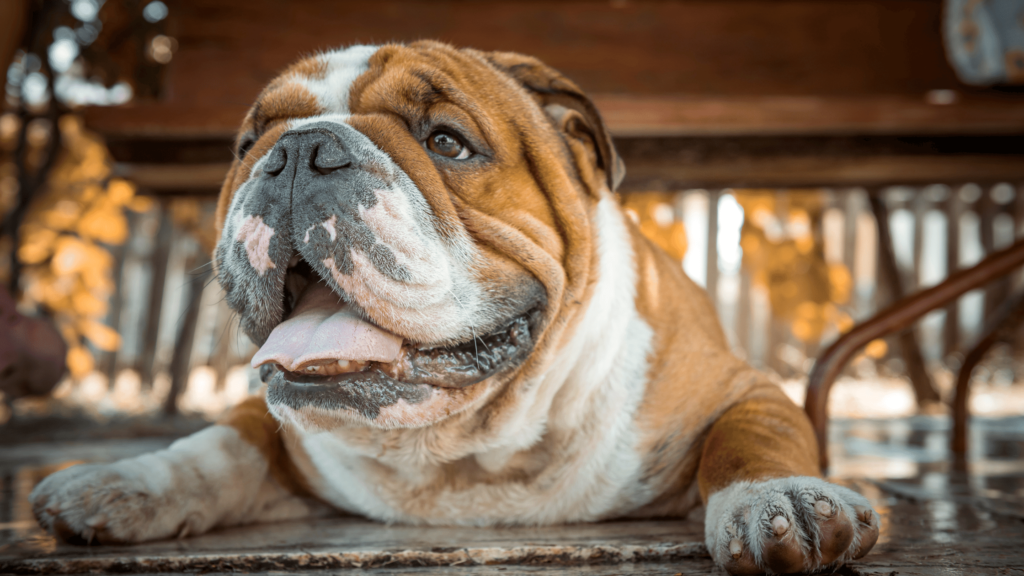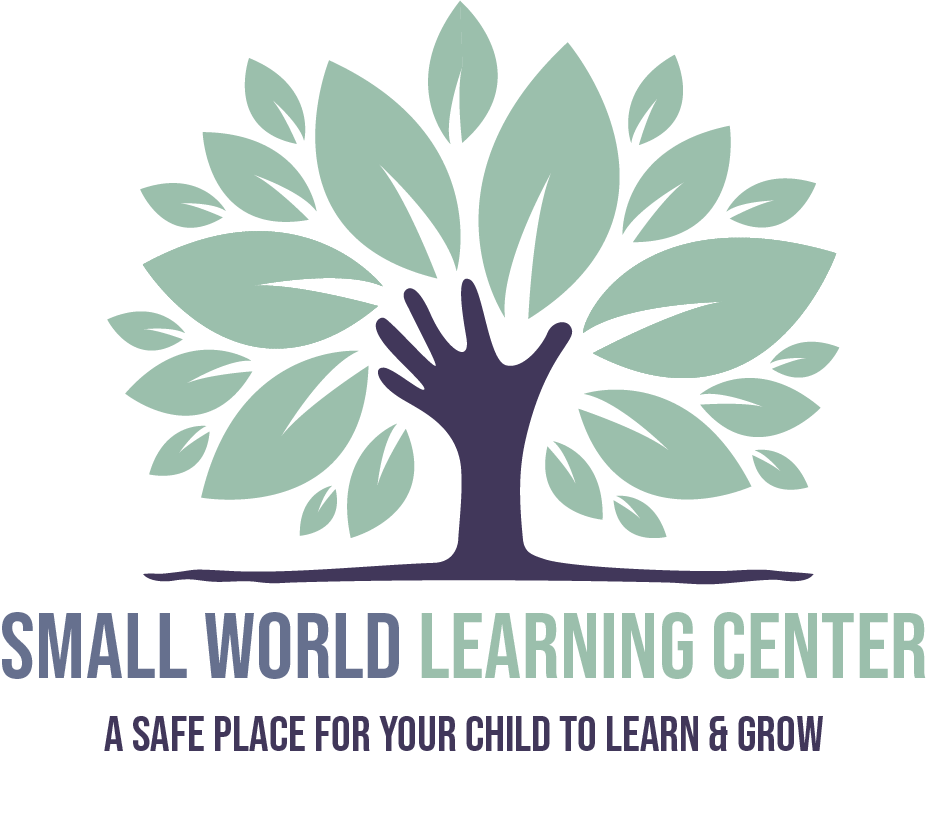Pets can be a valuable part of a child’s early learning experience. However, it is best to choose the best pet for your family and situation. This article will help you decide what pet is best for your family, as well as provide some information on how pets affect children’s development.
How Pets Impact a Childs Early Development
In terms of a child’s early learning experience, pets can help teach children about taking care of themselves and others, and how best to do so.
Pets can also teach children about the best ways to deal with their feelings. Many pets have a calming effect on humans and may help young children learn how to manage and understand their emotions.
Children who grow up in pet-friendly homes are better able to form friendships, as they get used to animals from an early age.
Pets can also be a source of positive reinforcement for children. Pets are often born with unconditional love and bestow it on their owners, which is an important lesson for young children to learn: That no matter what they do, someone will still care about them.
What The Research Shows
In terms of pets’ impact on child development, research has shown that children who live with pets have a greater sense of responsibility, empathy, and compassion. Research also shows that certain types of pets are more beneficial to a child’s early development and growth than others.
Here Is a Look at Some of the Best Pets for Young Children
- Hamsters are best for children ages two and up. They’re relatively low maintenance, small enough to handle, and can be handled by a child at any age as they grow older.
- Guinea pigs make great pets for young kids because of their gentle nature; however, the best time to teach them about pet care is when they are about three weeks old.
- Cats should be best for children over the age of six who want to interact with animals. Cats, like dogs, need a lot of care and attention so it would not be good if there is no one home during the day or evening hours.
- Rabbits are best for children over the age of six. Rabbits only need to be housebroken and they have a lot less mess than other pets, such as cats or dogs.
- A bird could be best for a child who lives in an apartment because they require very little care, but the best type of bird depends on where you live and what kind of environment you have at home.
- And finally, let’s talk about dogs. A dog can make an excellent pet if you’re looking for something that offers companionship throughout the day. There are several schools of thought about dogs and young children. First, let’s be clear. Dogs are amazing animals and you can’t go wrong either way. A dog can make an incredible pet, member of the family, and help in many areas of a child’s early cognitive development, especially compassion and empathy. However, dogs also require more time-intensive training, which means they may not gain as much experience in caretaking. Some experts suggest your best bet is to start when your child is about nine or ten years old.
How To Choose The Right One
So which type of pet is best for young children? Your best bet is to choose what type of pet best suits your family and situation.
The main takeaway from this article is that pets can have a huge positive impact on the growth of young children, but ultimately, it’s the parent’s involvement in helping the child care for the pet that makes all the difference.
For more early childhood education tips, be sure to sign up for our newsletter or reach out to us with questions about your family’s childcare needs.


